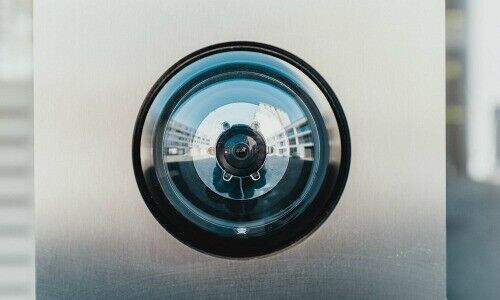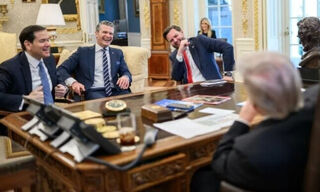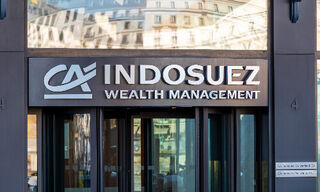Does Hong Kong’s Peg Break the National Security Law?
The city’s de-facto central bank has spent more this year defending the city’s U.S. dollar currency peg than in 2009, but no one has asked whether doing so breaches the new national security law.
By Andrew Isbester, editor-at-large at finews.asia
The internet is littered with articles and commentary haplessly predicting the demise of Hong Kong’s peg against the U.S. dollar, formally called the Linked Exchange Rate System (LERS).
Despite this, the peg has remained steadfast for almost 40 years, unruffled, even in the face of speculative attempts to break it.
The Cost
But this year feels distinctly different. The Hong Kong Monetary Authority (HKMA) has spent more during the COVID-19 pandemic defending the peg’s 7.75-7.85 trading band to the U.S. dollar than it did during the 2009 financial crisis.
In the public arena, over the past month or two, statements in its support have been made by former government officials and senior bank executives, ironically – or intentionally – released at the same time as vaguely sourced articles citing dropped considerations by the current U.S. administration to sharply limit Hong Kong’s access to the U.S. dollar altogether.
And on top of this, the new national security law was enacted.
Unclothed Peg
The question now is whether this peg even fits in with the new law. A look at the English translation on the government’s website lists the law’s general principles, which include maintaining the prosperity and stability of the city.
The peg clearly does that. But the principles also mention collusion with a foreign country, which is where things get more problematic. A specific section on collusion (Chapter III, Part 4, Article 29) then goes on to suggest that a person who receives funding or support from a foreign country or institution outside of China is potentially guilty of committing an offense, particularly if that country had imposed sanctions against Hong Kong or China.
Although the law is mainly aimed at individuals, there is an additional article (31) that states that any incorporated or unincorporated body committing an offense is liable to a criminal fine, suspension and having its license or permit revoked.
In Comes the Fed
Even if you ignore that the HKMA, to maintain the peg, has to keep a balance of US dollar assets somewhere, likely at least a portion with the Federal Reserve, it is harder to read past its participation in the Fed's FIMA Repo Facility, created to alleviate the impact of COVID-19 on central banks worldwide.
The HKMA first announced its participation in the repo facility on 22 April, saying that successfully tendered bids, held weekly, would be subject to receipt of the necessary collateral from locally licensed banks and the «successful transfer of US dollar liquidity from the Federal Reserve to the HKMA».
This certainly sounds like some form of funding, or support, from the U.S., clearly, a foreign country and one that has imposed significant sanctions on Hong Kong and China, which even the most politically disengaged avid mallgoer probably felt in their bones after Carrie Lam, the chief executive, publicly said she could no longer use her credit card.
Internal Shock
The HKMA announced it would participate in the repo facility until the end of September and the results of the last weekly tender were published yesterday, showing that no banks had bid, and no allotments made.
It will be interesting to see how things progress after that given that the regulator’s initial participation was announced before the national security law was enacted.
The HKMA’s website has a chart showing the peg’s resilience against external shocks, from the 1987 stock market crash to today.
Right now, though, it is hard to see how it can easily outlast a law that was inconceivable to most in April, and unthinkable when the peg was first introduced in 1983, a year before the Sino-British treaty that returned Hong Kong to China in 1997.



























